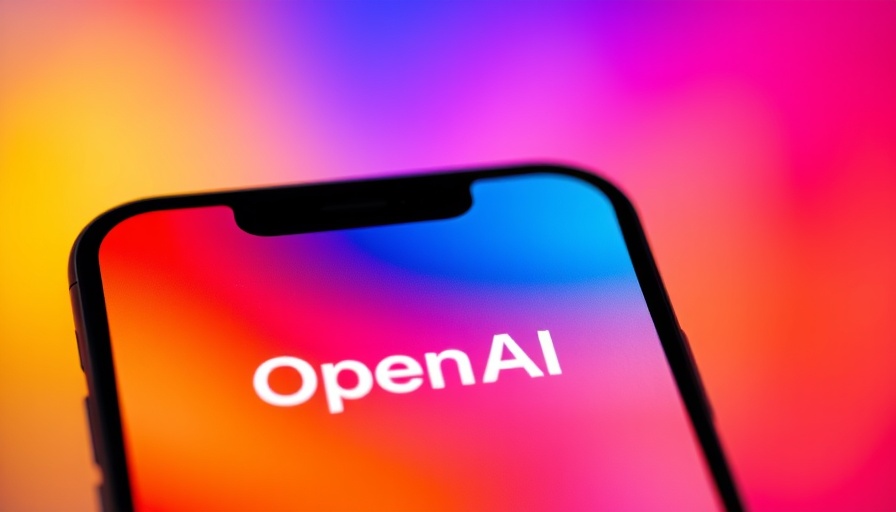
The Discrepancy Between Claims and Reality
In the fast-paced world of technology, especially in the realm of artificial intelligence, transparency and accuracy are paramount. Recent developments surrounding OpenAI's highly anticipated o3 AI model have ignited conversations about the importance of honesty in tech benchmarking.
Understanding Benchmarks: What Went Wrong?
When OpenAI introduced o3, they claimed their new model could tackle the FrontierMath benchmark, achieving over 25% accuracy. This assertion was staggering compared to competitors, whose best efforts barely scratched 2%. Mark Chen, OpenAI’s chief research officer, touted the impressive performance during a public livestream, but this confidence now appears misplaced.
Epoch AI, an independent research institute, published its own benchmark results that indicate o3 scored about 10%. This discrepancy has raised eyebrows regarding OpenAI's initial claims about o3's capabilities. Did OpenAI intentionally mislead the public? Not necessarily. The company’s lower-bound score aligned with Epoch’s findings, suggesting they weren't outright dishonest, but perhaps overly optimistic.
Investigating the Influencing Factors
Epoch's report highlights a possibility that differences in testing environments could explain the variance in results. They indicated that OpenAI might have used a more powerful internal framework for testing while Epoch operated under different conditions. It's not just about the model itself; it's how the testing is conducted, including varying problem sets that testers use.
This reading reinforces a vital lesson within the tech industry: data can be interpreted in numerous ways, and benchmarks must be critically evaluated. With companies racing to showcase their technological prowess, the lines can become blurred.
A Future of Potential and Promise
Despite these initial setbacks, it's crucial to recognize that OpenAI is not merely resting on its laurels. The company has released newer models, including o3-mini and o4-mini, which reportedly outperform o3 on the same benchmark. Additionally, plans for an even more advanced version—o3-pro—are in the pipeline.
This indicates that the company is committed to refining its models and improving upon its initial offerings. Each iteration aims to build on the lessons learned, providing a sense of optimism in a sector known for rapid advancements and innovation.
Implications for Users and the Tech Community
The situation with OpenAI serves as a crucial reminder for both consumers and the tech community. As AI benchmarks become integral in evaluating capabilities, an informed consumer will be better prepared to sift through hype. Recognizing the myriad factors at play in AI development, including testing conditions, provides a clearer picture of what to expect.
Moreover, as benchmarks evolve and become more stringent, companies will have to ensure accountability in their claims, fostering greater trust among users. The public deserves to know the truth about how tech models operate, and this situation underscores the need to further scrutinize the information presented by developers.
The Bottom Line: Navigating a Complex Landscape
In the complex landscape of tech news today, benchmarks should always be regarded with discernment. OpenAI's experience with o3 demonstrates that while ambitious claims can generate excitement, it’s the delivery of reliable results that builds long-term credibility. As the industry matures, transparency and accountability will become more significant than ever.
By adopting a critical lens towards unveiled technologies, users can navigate the vast amount of tech information more effectively. It’s not just about what your AI can do; it’s about understanding how it was evaluated, who conducted the evaluations, and under what conditions.
As we continue to monitor the tech industry, the lesson remains clear: true progress emerges through transparency, evolution, and an unyielding commitment to improvement.
 Add Row
Add Row  Add
Add 



Write A Comment